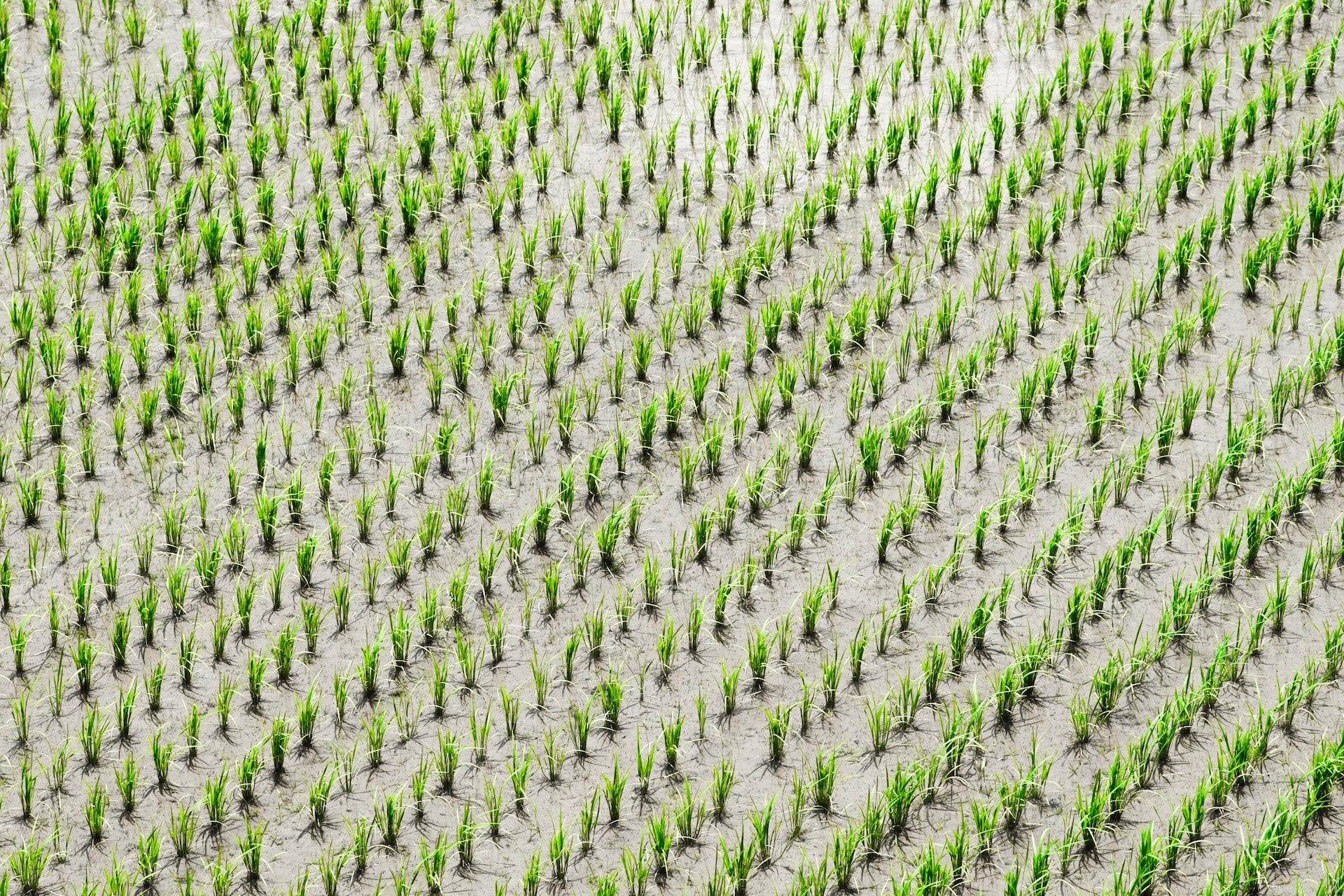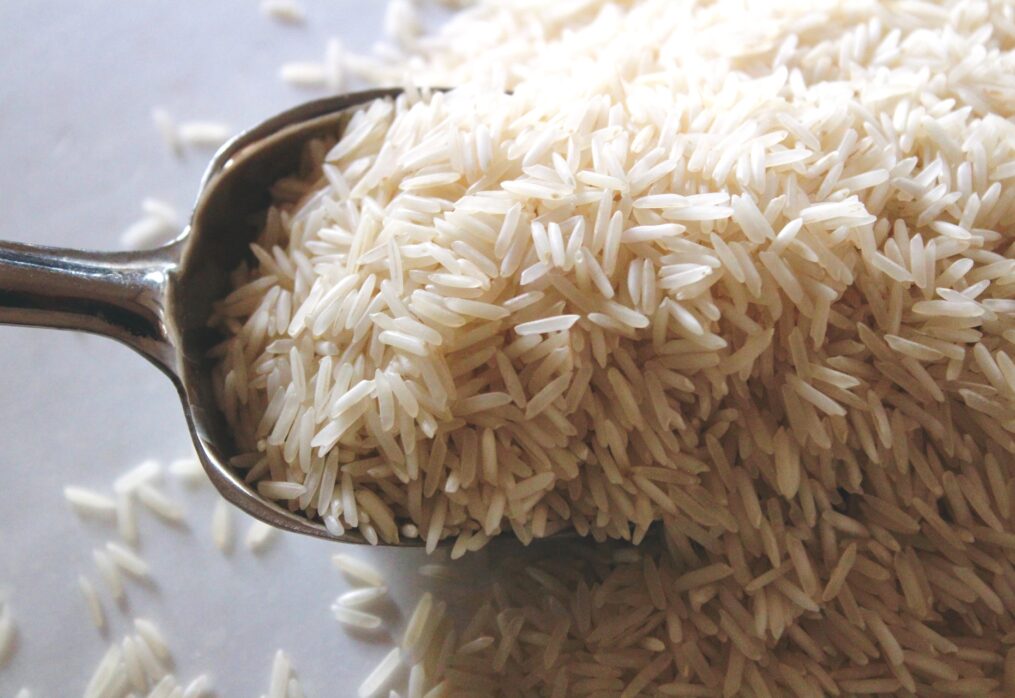Hybrid rice could overcome global hunger
High-yield hybrid rice will help save millions of people from hunger
Breeders are constantly working to improve many crops. The most common of these is rice, which is a staple in the diets of people in Asia and some African countries, as well as in Europe and the United States. Researchers have recently bred high-yielding hybrid rice that can be propagated by seed. In the future, this will make rice production cheaper and more affordable for low-income farmers.
It is well known that first-generation hybrids are often more productive and resilient than their parents. This phenomenon has a scientific name — heterosis, also known as hybrid vigor. It would seem logical to cross the stronger hybrids and get a bountiful harvest, but this would have exactly the opposite effect. That is why farmers are forced to buy new seeds every year.
Since the 1970s, when hybrid rice varieties were first created, scientists have continued to search for ways to efficiently reproduce such plants. For plants to maintain their hybrid vigor, they need to clone themselves so that each generation is identical to the previous one. This phenomenon has been known for a long time and is called apomixis. Scientists have observed that new seeds have the ability to develop from the cells of the parent plant alone. Their development is in no way affected by foreign pollen. The researchers forced the plant to reproduce itself using only its genetic material. To do this, the scientists edited the plant’s genes. As a result, the plant can not only reproduce freely but also does not lose its hybrid vigor with each generation. This in turn guarantees a bountiful harvest and greatly simplifies the sowing process.
This phenomenon has been known for a long time and is called apomixis. Scientists have observed that new seeds have the ability to develop from the cells of the parent plant alone. Their development is in no way affected by foreign pollen. The researchers forced the plant to reproduce itself using only its genetic material. To do this, the scientists edited the plant’s genes. As a result, the plant can not only reproduce freely but also does not lose its hybrid vigor with each generation. This in turn guarantees a bountiful harvest and greatly simplifies the sowing process.
This is how hybrid rice was bred. Most of its seeds (95%) developed as a result of the phenomenon of apomixis. In the end, it turned out that at least three generations of such rice were identical to the parent plant. This in turn means that they don’t have to cross the parent plants every time to get hybrid rice. And now farmers can buy the grain once and plant it in their fields year after year. This eliminates the need to buy grain before each planting season, making rice production much cheaper.
The new way of growing rice is similar to growing potatoes, where the tubers harvested in the previous season are used to plant a new crop year after year. Potatoes do not tend to lose their «hybrid vigor» quickly. Now a new type of rice has this ability.
